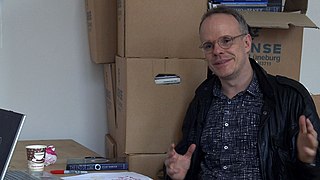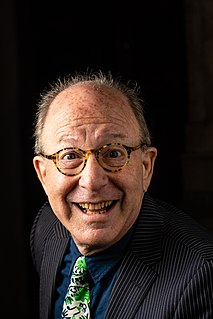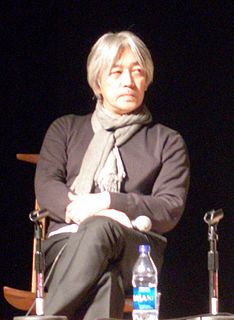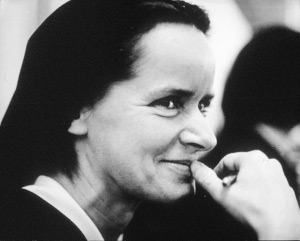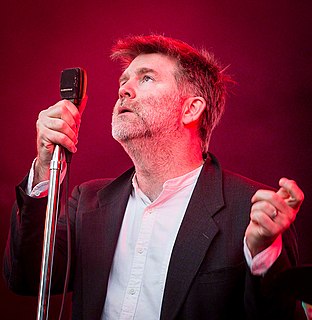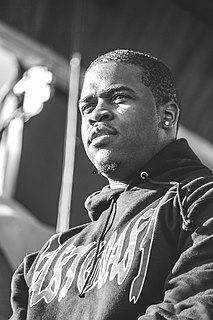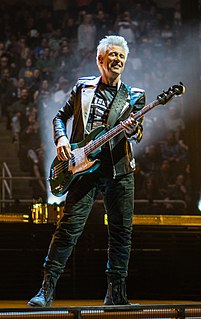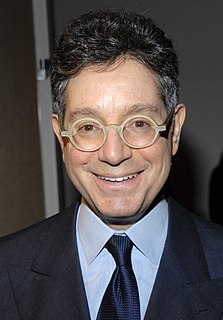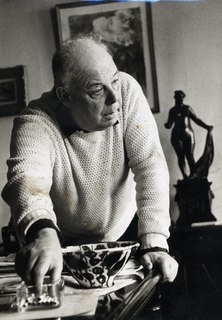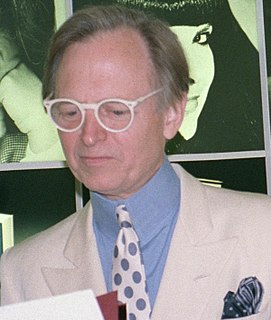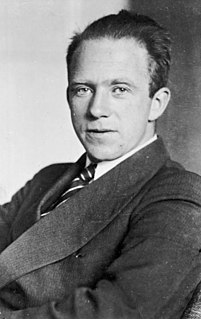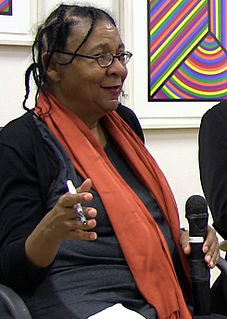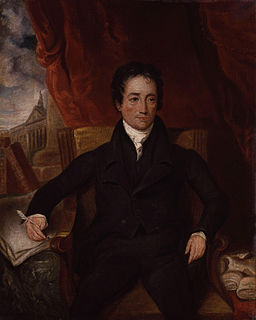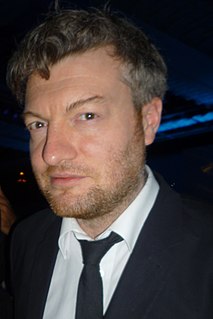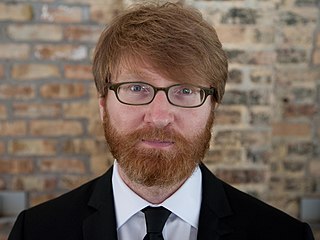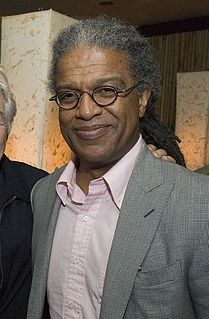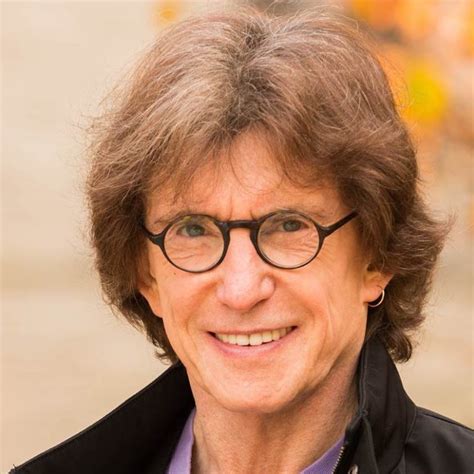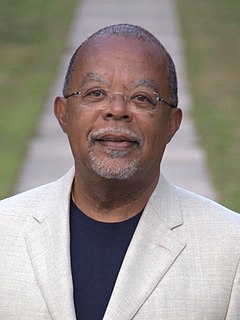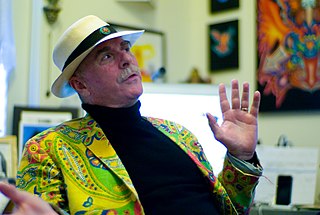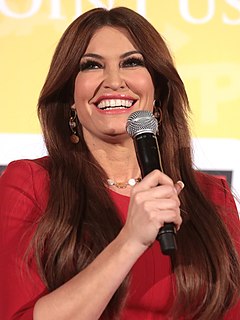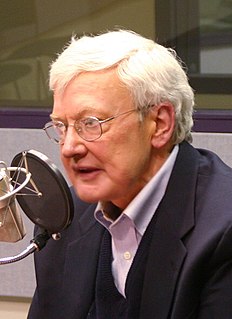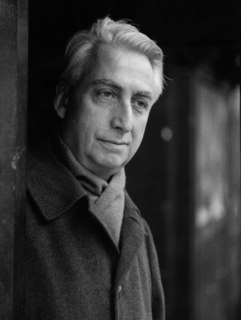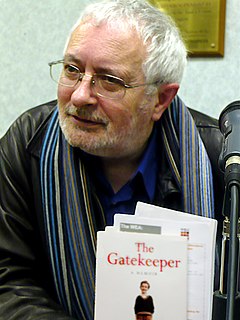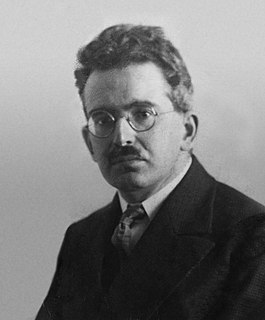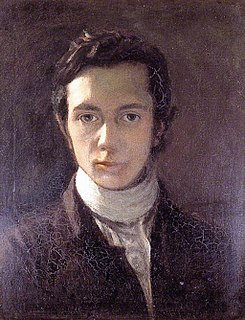A Quote by Hans-Ulrich Obrist
When I was a kid and started to be obsessed by art in the 1980s, the art world was in this polarity Warhol/Beuys, Beuys/Warhol. Both expended the notion of art extremely, but in very different ways.
Related Quotes
'Untitled' is a time machine that can transport you to 1992, an edgy moment when the art world was crumbling, money was scarce, and artists like Tiravanija were in the nascent stages of combining Happenings, performance art, John Cage, Joseph Beuys, and the do-it-yourself ethos of punk. Meanwhile, a new art world was coming into being.
Warhol and other Pop artists had brought the art religion of art for art's sake to an end. If art was only business, then rock expressed that transcendental, religious yearning for communal, nonmarket esthetic feeling that official art denied. For a time during the seventies, rock culture became the religion of the avant-garde art world.
To the question, ‘Is the cinema an art?’ my answer is, ‘what does it matter?’... You can make films or you can cultivate a garden. Both have as much claim to being called an art as a poem by Verlaine or a painting by Delacroix… Art is ‘making.’ The art of poetry is the art of making poetry. The art of love is the art of making love... My father never talked to me about art. He could not bear the word.
Therefore, the two processes, that of science and that of art, are not very different. Both science and art form in the course of the centuries a human language by which we can speak about the more remote parts of reality, and the coherent sets of concepts as well as the different styles of art are different words or groups of words in this language.
